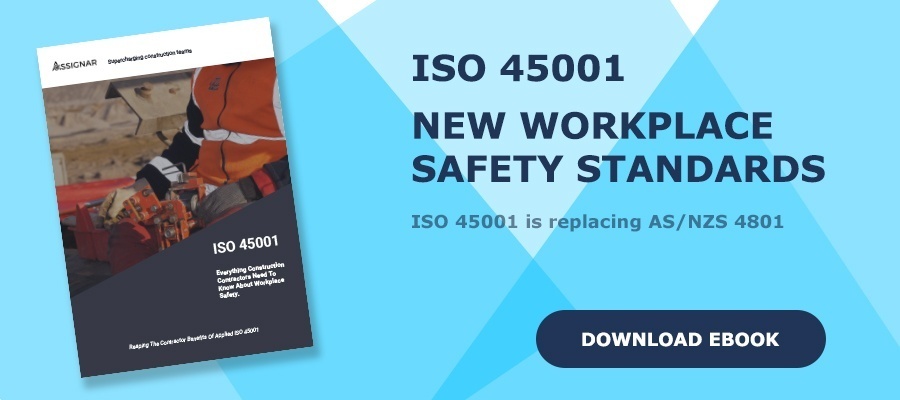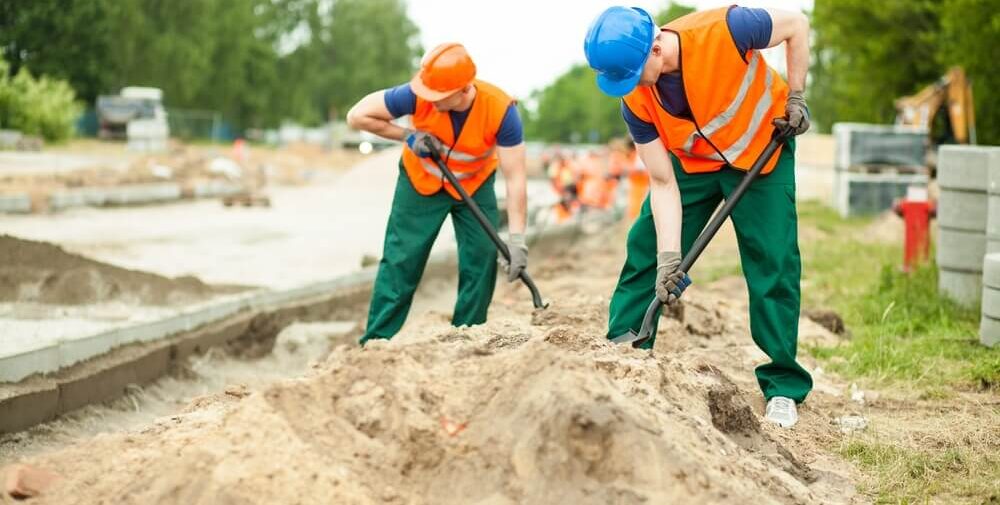The number of construction workers injured on the job each year continues to decline due to improved safety conditions and awareness. Injuries dropped to their lowest point in more than a decade during 2015, according to the U.S. Dept. of Labor, and proactive companies are utilizing “toolbox safety talks” to help reinforce their best practices.
These discussions can be simple end-of-shift gatherings led by foremen or supervisors followed by a question and answer session. They’re aimed at clarifying safety standards and creating a healthy work environment. Here are a few topics that have proven effective.
Behavior Safety
This can be a difficult issue for both employees and employers if not carefully monitored. Lapses in behavioral safety occur when workers take shortcuts to complete tasks. For example, they might skip retrieving or wearing proper safety gear to save time on a job. When those actions go unnoticed, workers are often rewarded for being efficient and productive. It’s important that supervisors are clear that unsafe practices negatively affect everyone and put them in harm’s way. Let your team know that safety is job one. Creating such awareness, can be done by requiring safety forms from your staff.
Confined Spaces
A confined space isn’t necessarily a place that’s difficult to move around in. They can be large areas that lack easy ingress and egress. In terms working in them, items to discuss may include:
- Proper ventilation and fresh air supply
- Flammable materials
- Fire safety
- Emergency exit plans
- Mechanical hazards
- Physical hazards
Any area that is difficult to negotiate can be considered a confined space and taking the time to make employees aware of that fact can have life-saving implications.
Ergonomics
When people hear the word “ergonomics,” they often think about comfy office chairs with lower back supports. But it actually refers to the strategic practice of organizing workplace systems so they mesh with people. A well-designed system can reduce the potential for minor and major physical harm.
Work-related injury and illness has an economic drag on the Australian economy of approximately $60 billion annually, according to Safe Work Australia. Having experienced workers and supervisors talk about things such as over-exertion, proper stances, leverage, knee bending and lifting techniques can help avoid unnecessary problems.
Ladders
In terms of safety, you may want to lead a discussion series with proper ladder usage. There’s little doubt that workers develop an unwarranted confidence when negotiating this tool. Covering the fundamentals in a toolbox talk can get people back to basics. Discuss things such as:
- Not using a ladder in high wind
- Properly footing the ladder on the ground
- Use at a safe angle
- One person per ladder
- Use the proper three-point contact climbing technique
- Check ladder and shoes for ice, mud or moisture
- Set tow lines to hoist materials
According to the CDC, 81 percent of construction injuries involve a ladder, some even fatal.
Personal Protective Equipment
Appropriate safety equipment can make an excellent toolbox safety talk and can be broken into subcategories. Topics could include hard hats, protective eyewear, footwear, ventilators, dust masks, gloves and hand protection, among others.
Toolbox talks are a terrific way to set company standards and policies. Don’t hesitate to take these discussions a step further by doling out a few perks and recognition for exceptional job safety. At the end of the day, it’s all about getting your team to buy into the program.



